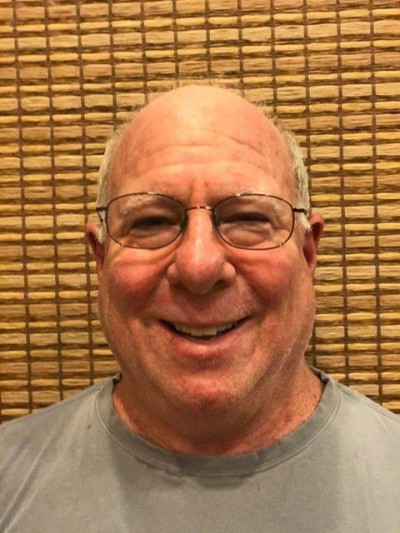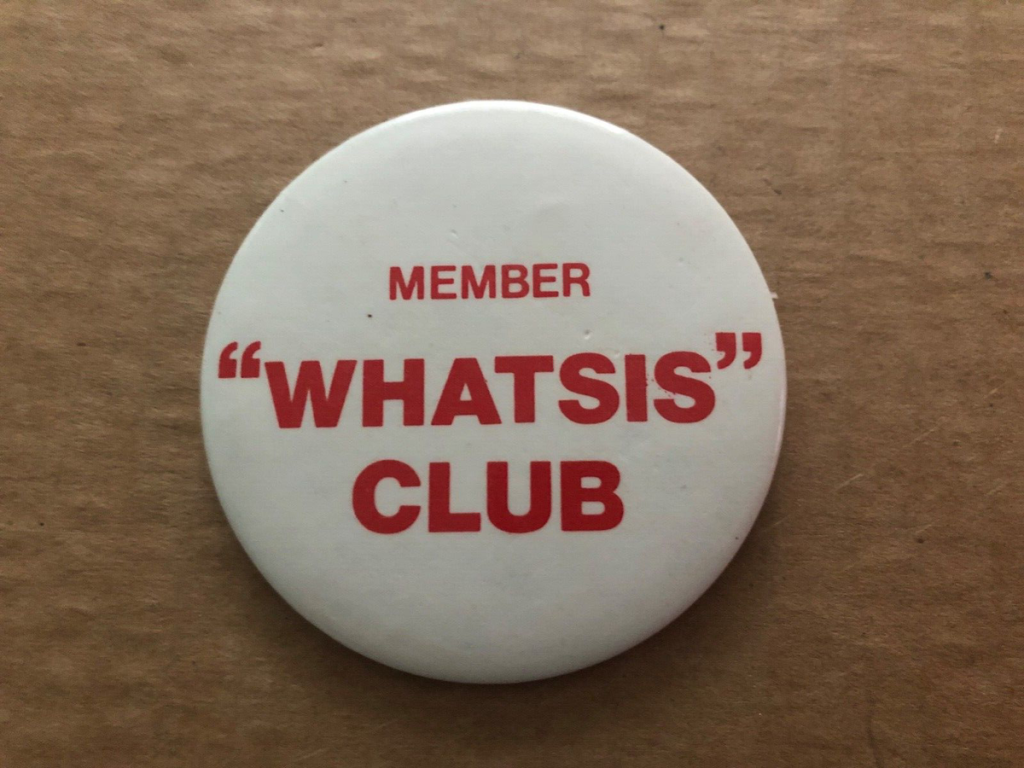The US Department of Health and Human Services (HHS) recently released a report titled “Aging in the United States: A Strategic Framework for a National Plan on Aging.” The report outlines steps to create a national effort to foster positive aging as well as communities that respect and embrace old people.
Imagine that! Creating a national plan on aging right at the moment of our never-seen-before demographic shift. Could our huge federal government be doing the right thing at the right time?
As I’ve written here before, our changing demographic requires us to think outside the box. Today, for the first time ever, there are more than 77 million people in the United States over age 60—more than 23 percent of our population. Every day in our country, 15,000 people turn 60, and this trend is expected to continue for the next 50 years. In five years, for another first, there will be more people in the United States over 65 than under 18.
Just doing more of what we’ve been doing will not cut it.
And that’s what’s disappointing about the HHS report. This entire 40-page report—with contributions from eight HHS divisions, the US Departments of Agriculture, Housing and Urban Development, Labor, Transportation, and Veterans Affairs, as well as the Social Security Administration and AmeriCorps—mentions the word “ageism” once. One time in 40 pages.
Yale University’s Becca Levy, PhD, in her book Breaking the Age Code (2022), used evidence-based research to identify how our beliefs about aging determine how long and how well we live. If we think old is bad and young is good, we will die an average of 7 1⁄2 years sooner than people who have positive beliefs about aging. If we think old is bad and young is good, we will be more likely to manifest Alzheimer’s disease than people who have positive beliefs about aging.
How can we talk about wellness and healthy aging if we don’t talk about ageism? How can we craft a competent national plan on aging if we don’t talk about ageism?
Most institutions and individuals are behind the curve on aging and ageism. This is both a challenge and an opportunity. It is important to identify weaknesses in the plans our governments unfold to meet our needs. And it is also important to educate ourselves and our leaders about how to reduce those weaknesses. One opportunity to do this is Ageism Awareness Day on October 7.
Yes, we need a national plan on aging, and kudos for the good efforts to make that happen. And we need a national plan on aging that is forward looking and addresses the effects of ageism, both systemic and internalized.

Marc Blesoff was a criminal defense attorney for 35 years, then he began facilitating Conscious Aging workshops, which has helped him melt the armor he’d built up as a defense lawyer. He’s a founding member of Courageus (formerly A Tribe Called Aging), a group of activists and thinkers trying to re-frame our culture’s outlook, policies and fears about aging and dying. Currently, he is the chairperson of the Oak Park, IL Aging-In-Place Commission.



